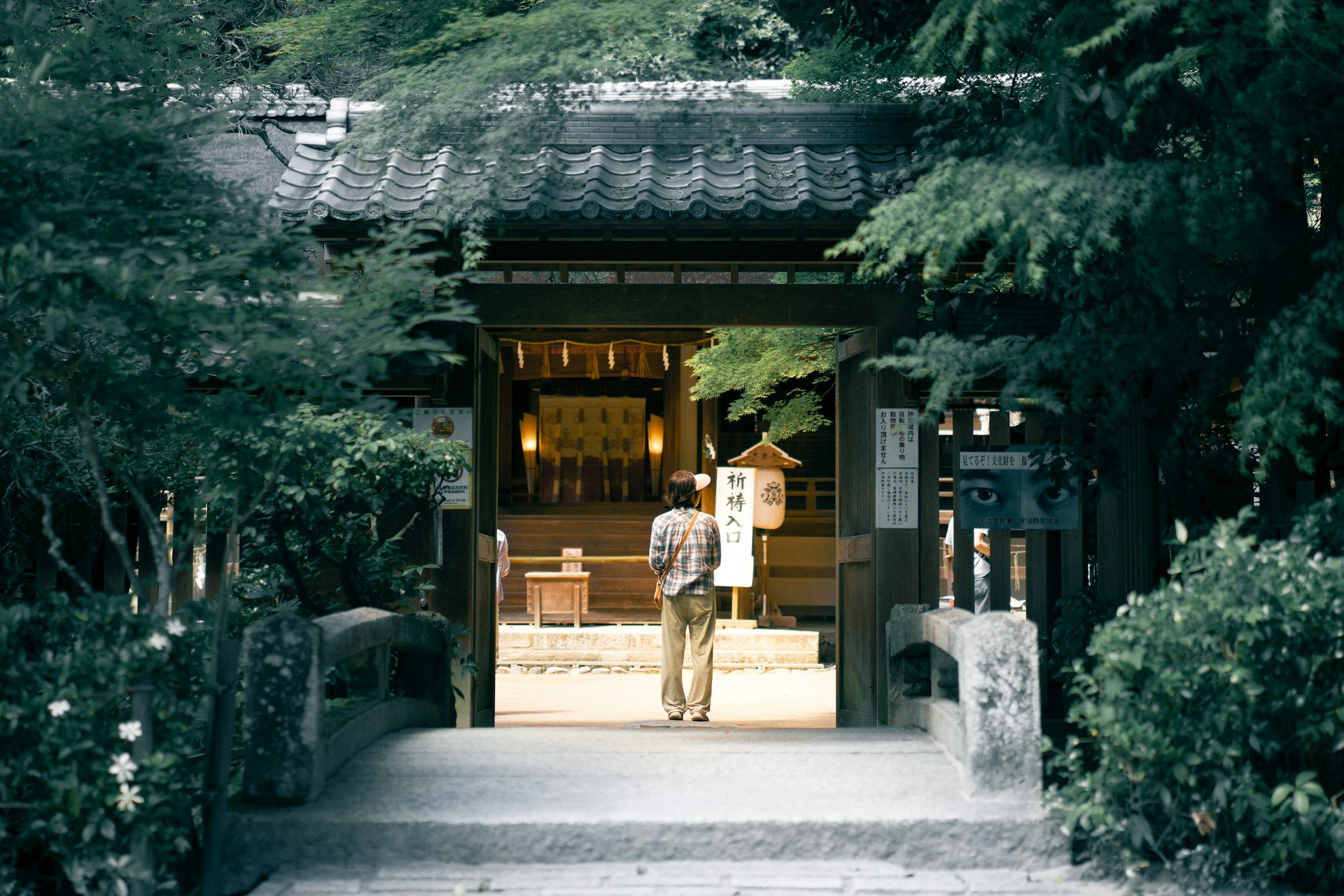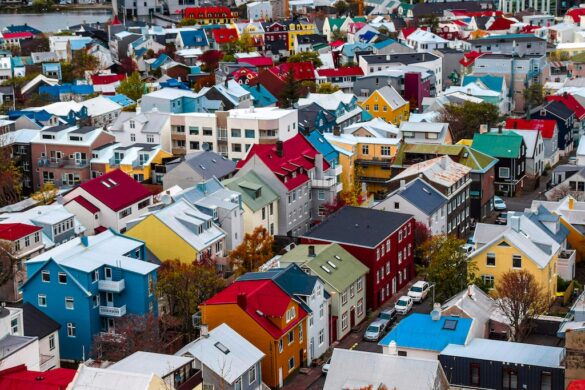 Japan is a land where history lingers in the folds of silk kimonos and the scent of yakitori wafts from neon-lit alleyways. It’s a country that doesn’t just wear its past with pride—it fuses it into everyday life. From the silent reverence of ancient castles to the chaotic joy of local food markets, Japan is a mosaic of contrasts, stitched together with reverence, rhythm and a dash of culinary adventure.
Japan is a land where history lingers in the folds of silk kimonos and the scent of yakitori wafts from neon-lit alleyways. It’s a country that doesn’t just wear its past with pride—it fuses it into everyday life. From the silent reverence of ancient castles to the chaotic joy of local food markets, Japan is a mosaic of contrasts, stitched together with reverence, rhythm and a dash of culinary adventure.
Echoes of the Samurai
No journey through Japan is complete without acknowledging the legacy of the samurai. These warriors weren’t merely sword-wielding figures from the past; they were the keepers of a strict code—bushidō—that shaped much of Japanese culture, values, and etiquette. Today, remnants of that era live on in towns like Kanazawa and Himeji, where preserved castles and armoury displays offer a glimpse into a disciplined yet romanticised world.
In the serene city of Kyoto, where traditional wooden houses line cobbled streets, guided tours of Japan often begin. It’s the perfect place to absorb history not through museum plaques alone but by walking the grounds of centuries-old temples or witnessing the precision of a tea ceremony—both deeply influenced by samurai ideals of discipline and mindfulness. Meanwhile, the old capital of Kamakura is dotted with quiet shrines and giant Buddha statues that whisper tales of warrior monks and forgotten battles.

The Street Food Symphony
If the samurai symbolises Japan’s past, then its bustling street food scene represents the vibrant, ever-evolving present. Each city has its own culinary rhythm. In Osaka, dubbed “the nation’s kitchen”, food is treated with joyful irreverence. Here, takoyaki—crispy octopus balls—are flipped with lightning speed on hot grills while laughter and chatter fill the air. In Fukuoka, locals queue for yatai stalls that line the riverbanks, serving hearty bowls of tonkotsu ramen rich with pork bone broth.
Even Tokyo, despite its gleaming skyscrapers and orderly trains, hides pockets of sensory overload. Places like Ameya-Yokochō market near Ueno, or the labyrinthine alleys of Omoide Yokocho in Shinjuku, offer skewers of grilled chicken, fragrant rice balls, and steaming bowls of noodles at prices that won’t dent your travel budget.
This culinary journey is not about ticking off Michelin stars. It’s about elbowing your way through a crowd to grab a hot snack on a chilly evening. It’s the joy of ordering something you can’t pronounce, then watching the vendor prepare it with practiced flair. Street food in Japan isn’t just nourishment—it’s theatre, tradition, and taste all rolled into one.
Stepping Beyond Japan
Of course, the spirit of discovery doesn’t have to stop at the shores of the archipelago. Many travellers keen to explore deeper cultural and culinary roots find themselves looking further afield across the continent. For those seeking broader horizons, there’s an increasing appetite for curated tours to Asia that weave in a similar blend of heritage and flavour.
In South Korea, for example, you can trade samurai lore for tales of Hwarang warriors and Confucian scholars. Meanwhile, the street food culture here arguably rivals Japan’s—particularly in Seoul’s Myeongdong district, where spicy tteokbokki, sizzling mandu dumplings, and sugar-filled hotteok pancakes keep locals and visitors coming back for more.
Over in Vietnam, cities like Hanoi and Ho Chi Minh hum with life and aromas—herbs, charcoal, and pho broth swirling in the warm air. Here, centuries-old temples share the streets with stalls offering spring rolls and egg coffee. Much like Japan, the country wears its complex history on its sleeve, with French colonial architecture standing alongside Buddhist pagodas and war memorials.
Cultural Continuity and Contrast
One of the most rewarding aspects of travelling through Asia is recognising both the shared threads and the striking differences between its cultures. The reverence for ancestors, the blending of religion into daily routine, and the importance of seasonal festivals all speak to a regional ethos of connection—with the past, with nature, and with community.
Yet each destination interprets these values through its own lens. Where Japan leans toward restraint and subtlety, Southeast Asia celebrates colour and exuberance. Where Tokyo might dazzle with its punctuality and precision, Bangkok charms with its chaos and charm. And in all of these places, food remains a universal language—spoken in spice, broth, fermentation, and fire.
A Journey Through Senses and Stories
For the thoughtful traveller, it’s not enough to simply photograph a shrine or bite into a bao bun. It’s about understanding the stories behind them—the rituals that gave them meaning, the people who preserve them, and the rhythms of life that continue to nurture them.
Take the tiny town of Kakunodate in northern Japan. Once a samurai stronghold, it’s now a peaceful retreat where families still maintain historic samurai residences. In spring, cherry blossoms float through the air like falling confetti, echoing the impermanence celebrated in Japanese philosophy.
Or consider a back-alley dumpling shop in Taipei, where three generations of women fold and pinch dough with the same dexterity their grandmothers used. These are not tourist attractions—they’re living heritage, hidden in plain sight.
The Modern-Day Pilgrimage
Whether it’s donning a rented kimono in Kyoto or slurping noodles beside a Korean office worker, travel across Japan and its Asian neighbours has become a kind of modern pilgrimage. One that values experience over souvenirs, taste over luxury, and authenticity over polish.
And while the ease of travel has improved—thanks to bullet trains, translation apps and thoughtful itineraries—there’s still a kind of magic in getting a little lost, in following your senses, and in connecting with someone across a language barrier over a shared plate of food.
Final Thoughts
To experience Japan, and Asia more widely, is to embrace contradiction: order and chaos, ritual and spontaneity, history and innovation. From the proud shadow of the samurai to the bustling glow of a street vendor’s stall, each moment reveals a new layer of understanding—not just about the place, but about the traveller too.
So lace up your walking shoes, sharpen your chopsticks skills, and let your curiosity lead the way. There’s a whole world waiting on the other side of the lantern-lit street corner.









